We put the Nubia RedMagic 8 Pro through our rigorous DXOMARK Audio test suite to measure its performance both at recording sound using its built-in microphones, and at playing audio back through its speakers.
In this review, we will break down how it fared in a variety of tests and several common use cases.
Overview
Key audio specifications include:
- Three speakers (Top side, bottom side, top front)
- 3.5mm jack audio output
Scoring
Sub-scores and attributes included in the calculations of the global score.
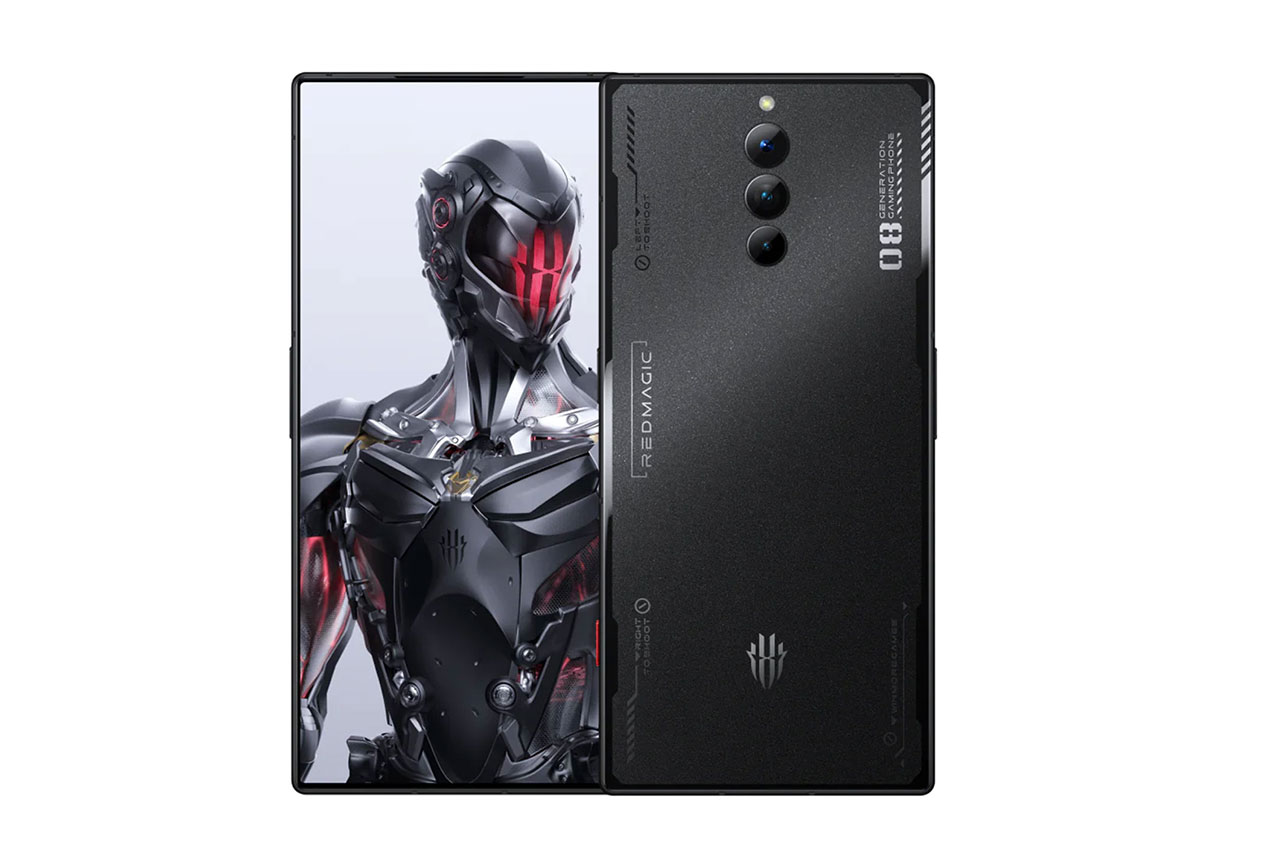
Nubia RedMagic 8 Pro


 181st
181st 52nd
52ndPlayback
Pros
- Good maximum volume with test signals, but obliterated by compression with musical content
Cons
- Poor overall playback performance
- Poor tonal balance
- Strong compression and distortion at maximum volume
Recording
Pros
- Correct recording loudness
- Fairly good signal-to-noise ratio indoors, for example, home or office
With a DXOMARK Audio score of 103, the Nubia RedMagic 8 Pro did not make it near the upper regions of our ranking. It appears audio was not a top priority during the conception and design of this game-oriented smartphone, and the RedMagic 8 Pro performed poorly both as a playback device with the built-in speakers and when recording sounds.
Playback performance was poor across all use cases, but the Nubia did somewhat better when watching movies and gaming, than it did for music. Recording results were slightly better for office and memo use than for recording with the main and selfie cameras, but across all use cases the Nubia was held back by its monophonic recordings.
Test summary
About DXOMARK Audio tests: For scoring and analysis in our smartphone audio reviews, DXOMARK engineers perform a variety of objective tests and undertake more than 20 hours of perceptual evaluation under controlled lab conditions.
(For more details about our Playback protocol, click here; for more details about our Recording protocol, click here.)
The following section gathers key elements of our exhaustive tests and analyses performed in DXOMARK laboratories. Detailed performance evaluations under the form of reports are available upon request. Do not hesitate to contact us.
Playback
Nubia RedMagic 8 Pro
163
DXOMARK engineers test playback through the smartphone speakers, whose performance is evaluated in our labs and in real-life conditions, using default apps and settings.
The Nubia RedMagic 8 Pro performed overall poorly as a playback device. Timbre was mediocre, with an extremely thin and narrow tonal balance. Treble sounded muffled, strongly lacking high-end extension, and midrange was very thin and narrow. Bass sounded muddy but frail, and there was a strong lack of low-end extension. In terms of dynamics, attack lacked sharpness, punch was weak, and bass precision was impaired by the lack of low-end extension and bass in general.
The built-in speakers projected a narrow sound scene in which individual sound sources were difficult to locate. Distance rendition was inaccurate, with voices sounding too far away. Volume performance was not great either. The minimum volume step was too low to make quiet content fully intelligible and volume step distribution was not consistent. Maximum volume would have been good but was impaired by a tremendous amount of compression. Our experts also found some unwanted audio artifacts, including distortion, as well as extremely strong compression at maximum volume.
Listen to the tested smartphone’s playback performance in this comparison with some of its competitors:

Timbre
Nubia RedMagic 8 Pro
158
The Timbre score represents how well a phone reproduces sound across the audible tonal range and takes into account bass, midrange, treble, tonal balance, and volume dependency. It is the most important attribute for playback.

Dynamics
Nubia RedMagic 8 Pro
149
The Dynamics score measures the accuracy of changes in the energy level of sound sources, for example how precisely a bass note is reproduced or the impact sound from drums.
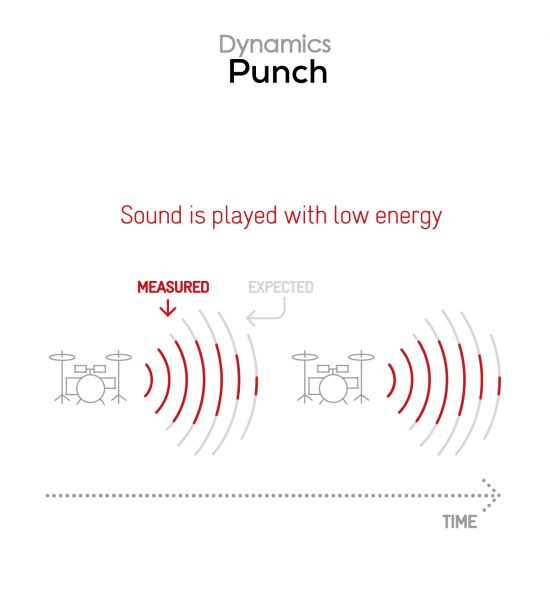
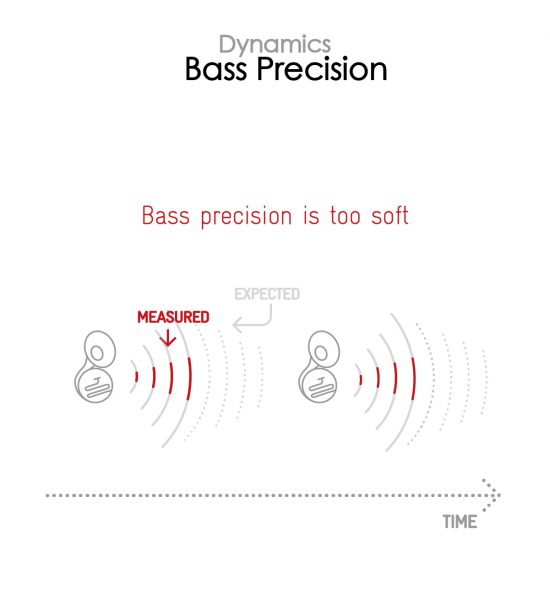

Spatial
Nubia RedMagic 8 Pro
162
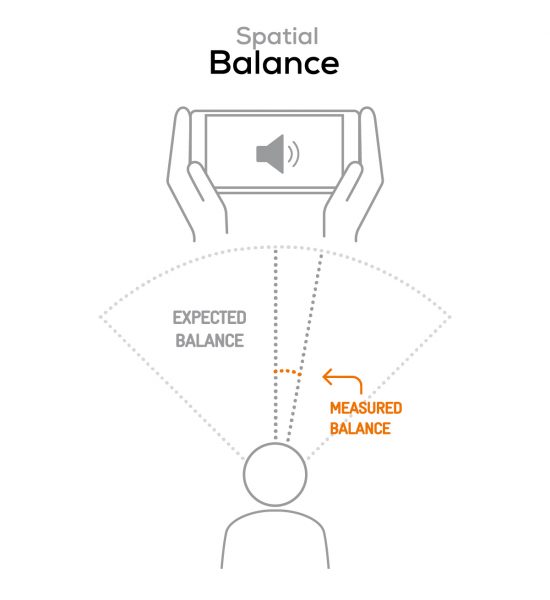
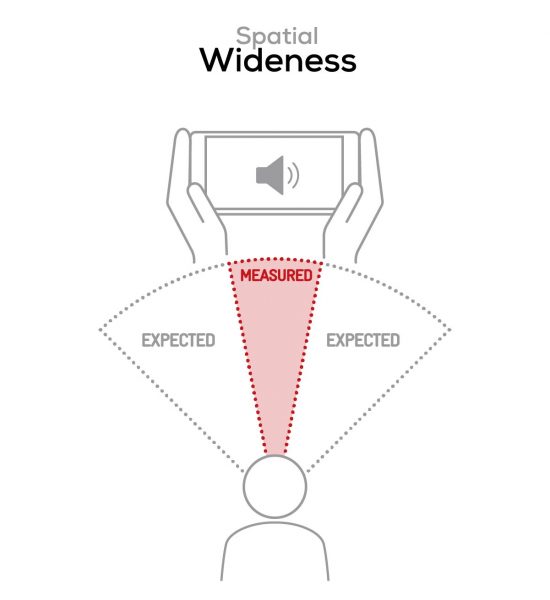

Volume
Nubia RedMagic 8 Pro
162
The Volume score represents the overall loudness of a smartphone and how smoothly volume increases and decreases based on user input.
| Hip-Hop | Classical | |
| Nubia RedMagic 8 Pro | 77 dBA | 76.6 dBA |
| Nubia RedMagic 7 Pro | 76.4 dBA | 73.4 dBA |
| Lenovo Legion Y90 | 76.5 dBA | 69.8 dBA |

Artifacts
Nubia RedMagic 8 Pro
157
The Artifacts score measures the extent to which the sound is affected by various types of distortion. The higher the score, the less the disturbances in the sound are noticeable. Distortion can occur because of sound processing in the device and because of the quality of the speakers.
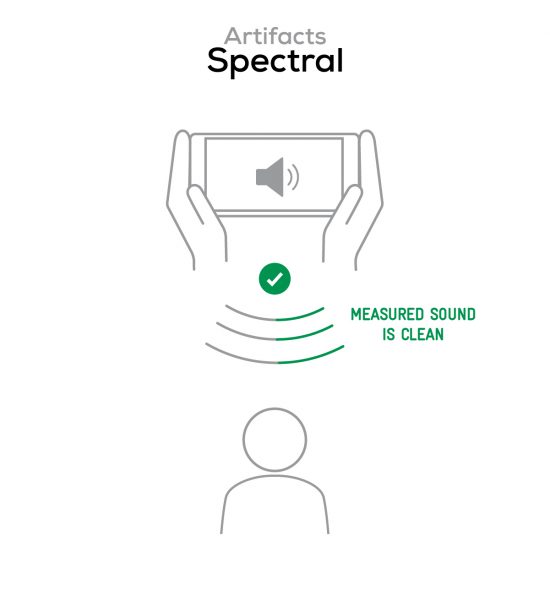
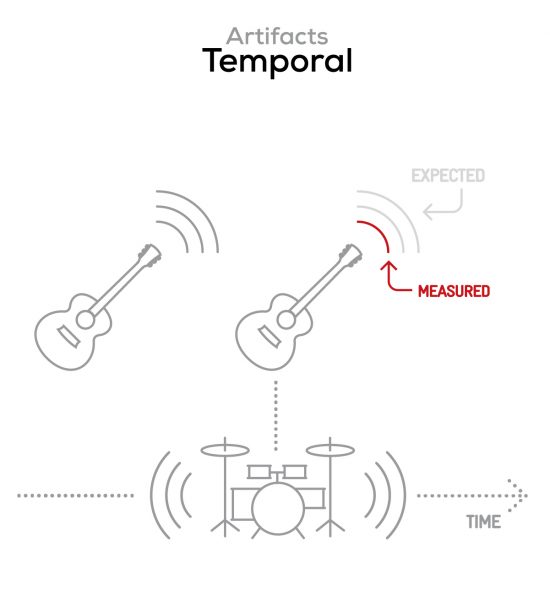
It represents the distortion and noise of the device playing our test signal (0 dB Fs, Sweep Sine in an anechoic box at 40 cm) at the device's maximum volume.
Recording
Nubia RedMagic 8 Pro
160
DXOMARK engineers test recording by evaluating the recorded files on reference audio equipment. Those recordings are done in our labs and in real-life conditions, using default apps and settings.
The Nubia isn´t a great option for audio recording either, with monophonic recording being a major drawback. Timbre performance in recording was overall decent and quite similar to the predecessor RedMagic 7 Pro. This said, the tonal balance sounded thin and aggressive, due to a lack of lower-midrange and low-end, and in the upper spectrum treble was aggressive and metallic. Midrange sounded dull and strongly lacked low midrange warmth and body. In terms of dynamics, overall envelope rendition lacked sharpness and accuracy. When recording at high sound pressure levels, for example concerts, transients were completely crushed by strong compression.
Spatial performance was heavily impacted by the phone only recording in mono. This resulted in a total absence of wideness and localizability. Distance rendering was unnatural, due to the inconsistent tonal balance and prominent high midrange. Our experts found recording loudness to be correct, but the results were abysmal when recording loud sources. Audio recording artifacts included hissing that was induced by the inconsistent treble rendition, as well as significant pumping and distortion when recording loud content. Strong compression along with bass and low midrange distortion were noticeable at high sound pressure levels. Background tonal balance was unrealistic, lacking bass and low midrange, and sounded tinny.
Here is how the Nubia Redmagic 8 Pro performs in recording use cases compared to its competitors:

Timbre
Nubia RedMagic 8 Pro
147
The Timbre score represents how well a phone captures sounds across the audible tonal range and takes into account bass, midrange, treble, and tonal balance. It is the most important attribute for recording.

Dynamics
Nubia RedMagic 8 Pro
146
The Dynamics score measures the accuracy of changes in the energy level of sound sources, for example how precisely a voice's plosives (the p's, t's and k's, for example) are reproduced. The score also considers the Signal-to-Noise Ratio (SNR), for example how loud the main voice is compared to the background noise.
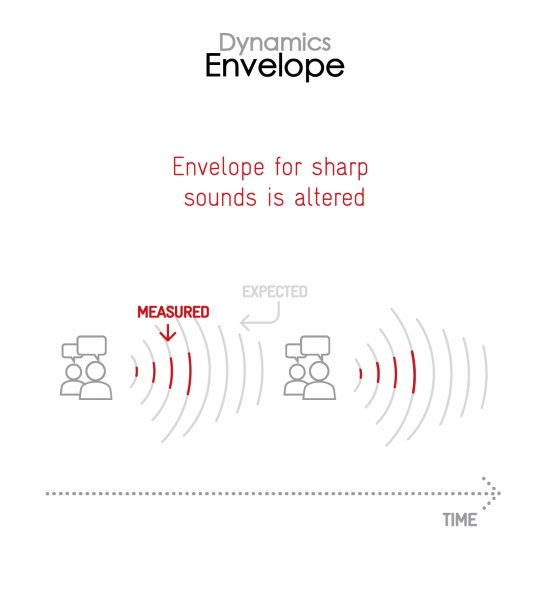
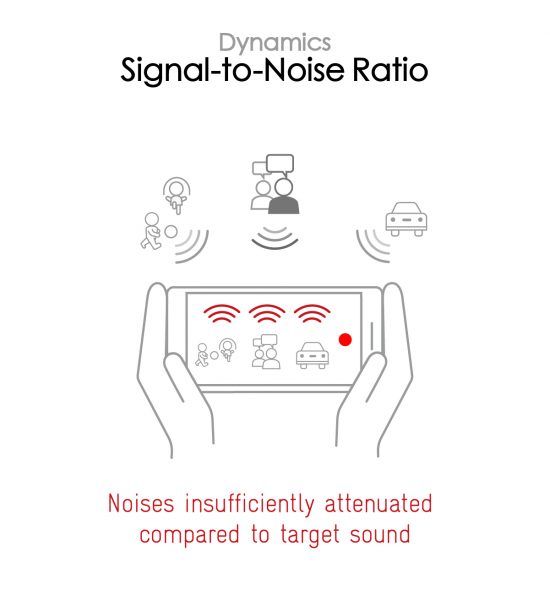

Spatial
Nubia RedMagic 8 Pro
159
The sub-attributes for spatial tests include pinpointing a specific sound's location, its positional balance, distance, and wideness on the recorded audio files.
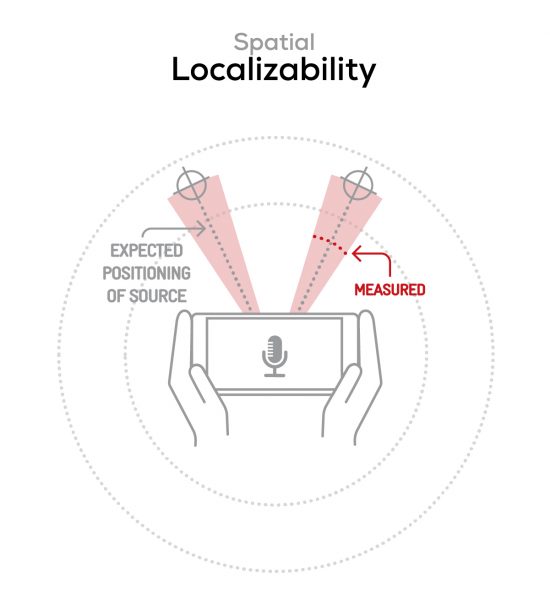
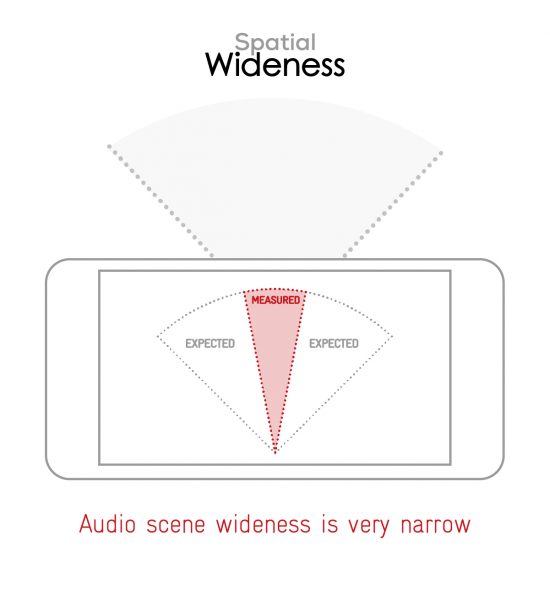

Volume
Nubia RedMagic 8 Pro
170
The Volume score represents how loud audio is normalized on the recorded files and the how the device handles loud environments, such as electronic concerts, when recording.
| Meeting | Life Video | Selfie Video | Memo | |
| Nubia RedMagic 8 Pro | -33.5 LUFS | -24.4 LUFS | -19.2 LUFS | -28.4 LUFS |
| Nubia RedMagic 7 Pro | -33.6 LUFS | -25 LUFS | -20.5 LUFS | -28.1 LUFS |
| Lenovo Legion Y90 | -28.1 LUFS | -19 LUFS | -18 LUFS | -22.9 LUFS |

Artifacts
Nubia RedMagic 8 Pro
145
The Artifacts score measures the extent to which the recorded sounds are affected by various types of distortions. The higher the score, the less the disturbances in the sound are noticeable. Distortions can occur because of sound processing in the device and the quality of the microphones, as well as user handling, such as how the phone is held.
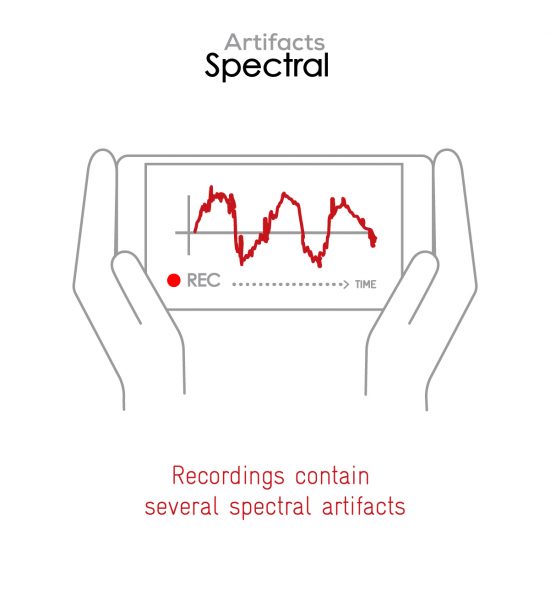
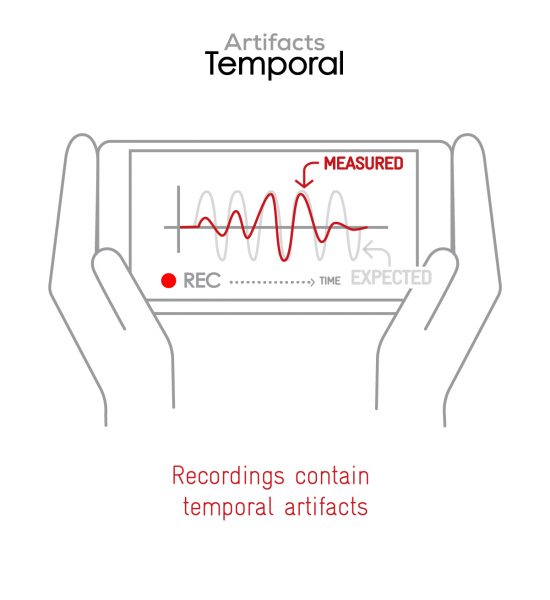
In this audio comparison, you can listen to the way this smartphone handles wind noise relative to its competitors:

Background
Nubia RedMagic 8 Pro
166
Background evaluates how natural the various sounds around a voice blend into the video recording file. For example, when recording a speech at an event, the background should not interfere with the main voice, yet it should provide some context of the surroundings.
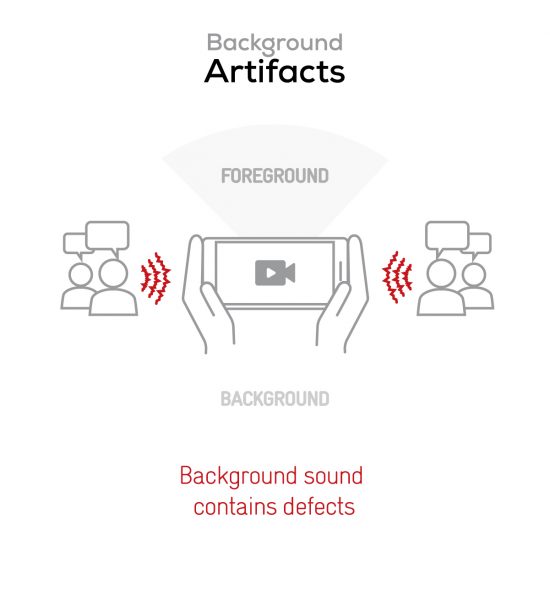
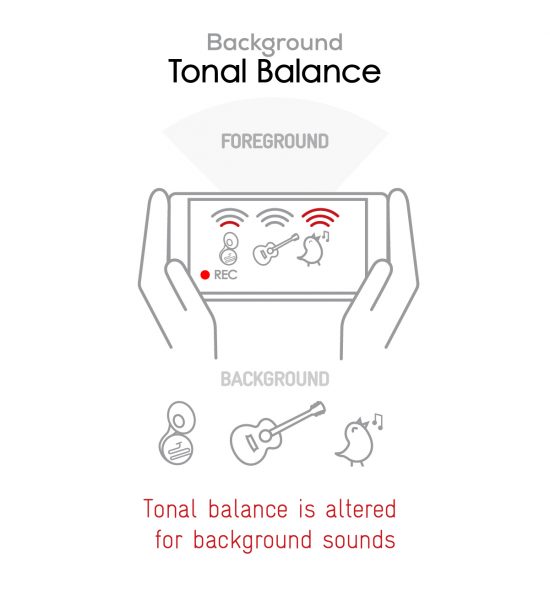


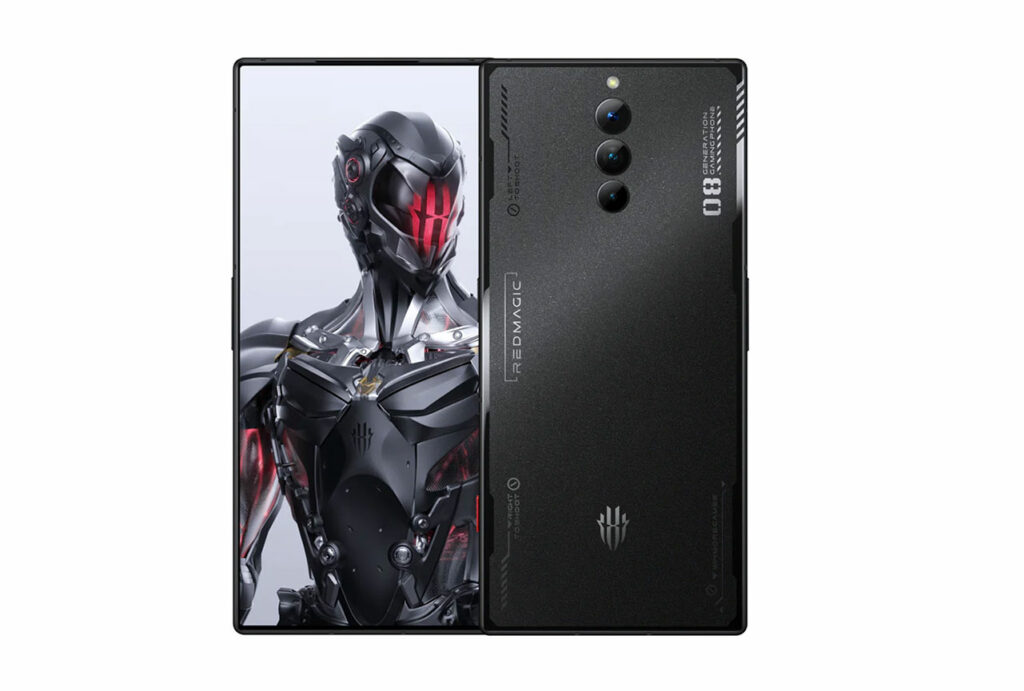
DXOMARK encourages its readers to share comments on the articles. To read or post comments, Disqus cookies are required. Change your Cookies Preferences and read more about our Comment Policy.